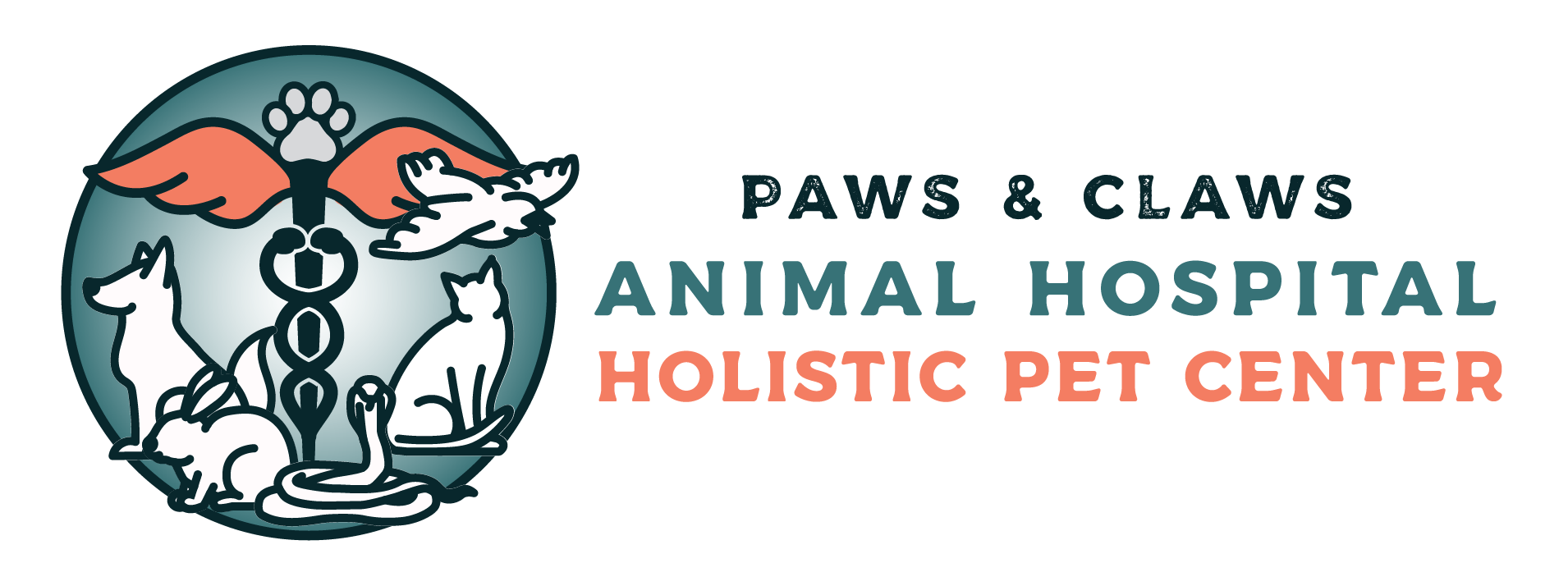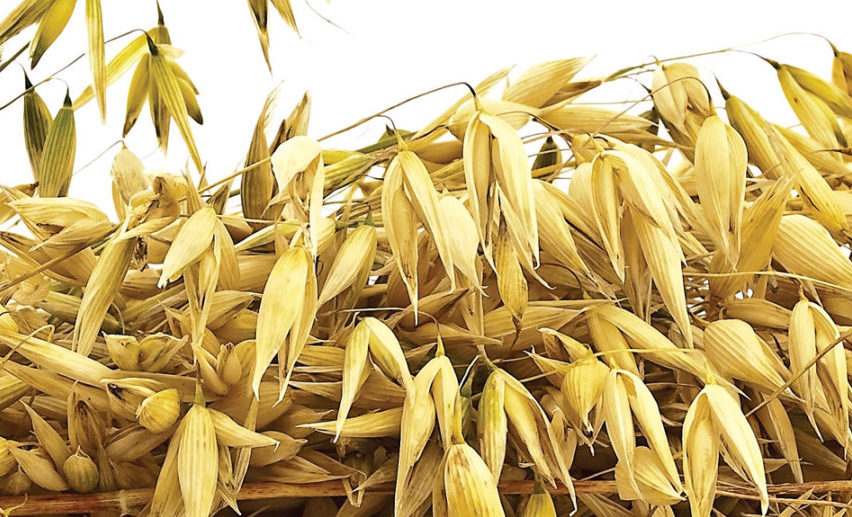You know it’s important to have fiber in your own diet, but did you know it’s also essential for dogs and cats?
When you think of food ingredients for your dog or cat, I’ll bet fiber isn’t the first that comes to mind. Yet it’s an important component of your animal’s diet. Supplementing with fiber can be beneficial in promoting proper health and aiding in the treatment of various medical problems.
What is it?
Fiber is one of three types of carbohydrates (sugars and starches are the other two). It’s the indigestible part of the plant. It forms the structure of the plant and comes in two forms, soluble and insoluble. Both types are important for health.
Fiber increases the bulk of fecal material and encourages normal bowel movements. It also promotes satiety, a feeling of fullness, and helps prevent overeating and obesity. It can also improve blood sugar control and stabilize blood fat (cholesterol) levels.
Fiber Can Help with a Range of Diseases
Fiber supplementation can be beneficial for various medical problems in dogs and cats. These include GI disorders, diabetes, and obesity
Constipation
Fiber is often used for various GI disorders, most commonly constipation. Constipation occurs when an animal has difficulty eliminating feces; the feces produced are usually dry and hard. If feces are not eliminated in a timely fashion, the colon will absorb excess water from them, making the stools dry, hard and difficult to pass. In severe cases, the colon can become grossly enlarged and the animal will develop megacolon, which can require surgery. Thankfully this condition is extremely rare in dogs and infrequent in cats. Pets with constipation act like they’re trying to eliminate, but pass little or nothing. Occasionally, only small amounts of loose or hard stool are passed. Because animals with urinary and prostate problems may show similar signs, immediate evaluation by your veterinarian is essential. Some animals with constipation have GI obstructions, but most have an idiopathic disease, meaning the exact cause is unknown.
Fiber supplementation to treat constipation is helpful because the extra fiber retains moisture, loosening the feces, and encouraging frequent bowel emptying.
Diarrhea
Interestingly, because fiber retains water and increases GI transit time, it also aids in treating diarrhea. Fiber absorbs extra water in diarrheic stools. Some are broken down in the intestine into fatty acids. These fatty acids aid in preventing the overgrowth of harmful bacteria. Note that as with constipation, a cause should always be sought for animals with diarrhea. For those in which a cause is found, treating it often cures the problem; fiber supplementation assists in correcting diarrhea while the underlying issue resolves.
I add fiber supplementation to the diets of patients with both diarrhea and constipation (along with other herbs, enzymes, and probiotics).
Hairballs
These commonly occur in cats, and even occasionally in dogs. It’s tempting to reach for commercial flavored gel products that supposedly lubricate the hair in the stomach, but I have not seen great success with some of these. They are also messy, difficult to administer, and often contain lots of sugar for palatability; many are nothing more than flavored petroleum jelly (not the most natural thing to give our cats and dogs). I’ve had great success controlling hairballs using a fiber supplement combined with a proprietary combination of enzymes and probiotics.
Diabetes
Fiber supplementation is also helpful for dogs and cats with diabetes. Dietary fiber binds to sugars in the GI tract and modifies genes in the intestinal cells that increase insulin sensitivity and regulate intestinal production of glucose. (Intestinal cells produce glucose in between meals and while the animal is sleeping via a process called intestinal gluconeogenesis; dietary fiber plus healthy intestinal bacteria help regulate this through the expression of various genes.)
Obesity
High fiber diets are also often used for dogs and cats with weight gain and obesity. It creates a feeling of fullness that reduces hunger and cravings as well as begging. Because it takes up space that could be occupied by fats and carbohydrates, high fiber diets tend to be lower in calories, which also aids in weight loss and control. My main concern with many of the commercial high fiber obesity diets on the market, however, is that most are not “holistic” and contain various by-products and chemicals. Additionally, some are not particularly tasty due to the quantity of fiber in the food, which can discourage cats and dogs from eating. To overcome the lack of holistic ingredients in these foods, my goal is to have my patients eat them for no more than a year, then to place them on a natural diet with portion control to prevent them from regaining the weight. Low-fat vegetable or meat broths help flavor the food.
Anal Sac Impaction
Fiber supplementation has proven very effective in controlling anal sac impaction. One theory about this problem concerns the incomplete emptying of the sacs during normal bowel movements. Providing fiber in a tasty supplement can encourage more complete emptying of anal sac contents (glandular secretions) in their liquid state before they solidify and impact the anal sac. In my practice, I’ve noticed many fewer anal sac impactions by using a proprietary formulation of several different fibers. In people, fiber supplementation may reduce the risk of colon cancer, and likely other cancers as well. In theory, insoluble fiber works by adding bulk to the feces, moving them through the GI tract quickly, and reducing the colon’s contact time with potential toxins; bulky feces that capture water can also dilute potential carcinogens. It can reduce the growth of pathogenic bacteria and encourage healthy bacterial growth in the colon, which can reduce toxins that may cause inflammation and subsequent cancer formation. For animals with cancer, supplementing with fiber in the form of freshly ground flaxseed (due to its lignan content) may have some of the benefits seen in human cancer patients, so I recommend it for all of my cancer patients along with immune-boosting cancer supplements.
Heart Disease
Finally, while fiber has shown benefits in people with heart disease (due to cholesterol regulation), I have not seen any studies showing its benefits in animals with similar problems. However, since it may have unproven benefits, and since fiber supplementation is not harmful, it can certainly be considered for dogs and cats with heart disease, as well as those with high blood cholesterol and triglyceride levels.
Two Types of Fiber
Soluble fiber dissolves in water, whereas insoluble does not. Soluble fiber attracts water and forms a gel, which slows down digestion, delays emptying of the stomach, and makes the animal feel full to help control weight. Delayed stomach emptying may also stabilize blood sugar levels and increase insulin sensitivity to assist in controlling diabetes. Common dietary sources of soluble fiber include oatmeal/oats/oat bran, flaxseeds, and psyllium.
Insoluble fiber has a laxative effect and adds bulk to the diet, helping to prevent constipation. These fibers do not dissolve in water, so they pass through the gastrointestinal tract relatively intact, speeding the passage of food and waste through the tract and aiding in GI detoxification. Insoluble is mainly found in whole grains and vegetables, including seeds, nuts, barley, brown rice, and most leafy and “stemmy” vegetables and fruits.
In conclusion, fiber is an important part of your dog or cat’s diet. It helps control appetite, reduces the calorie count of his food, and promotes normal GI function and blood glucose levels. Supplementation is helpful for animals with GI problems, diabetes, and anal sac issues, and is safe and inexpensive. There are no side effects of fiber supplementation. However, large amounts of it could theoretically cause constipation or bind important dietary nutrients or medications, so it’s important to work with your veterinarian to determine the best supplements, and their dosage.

